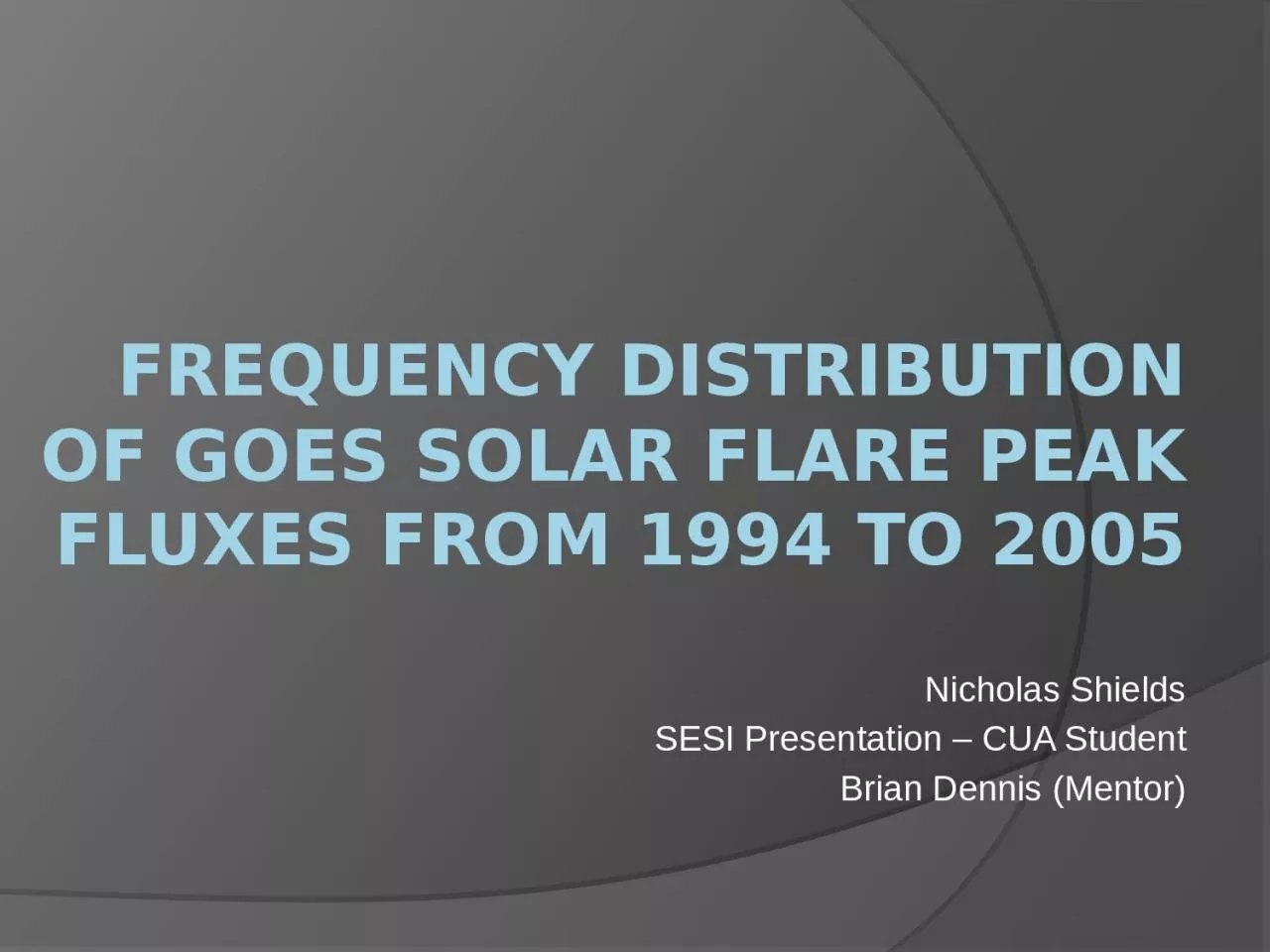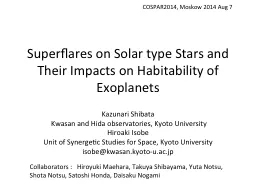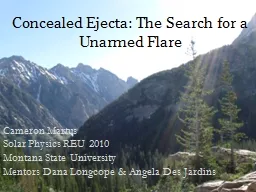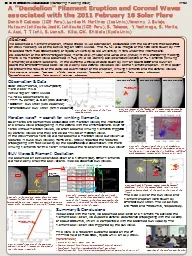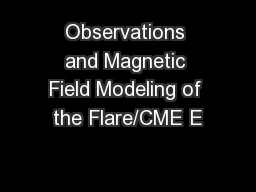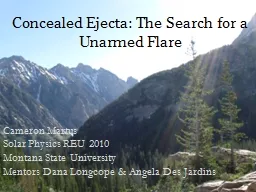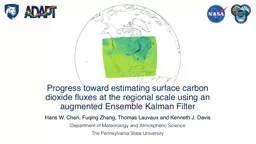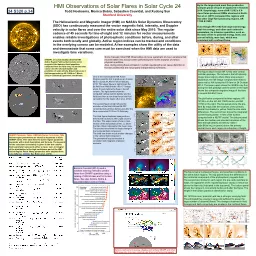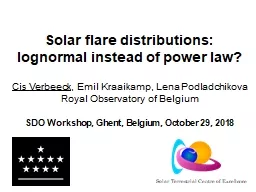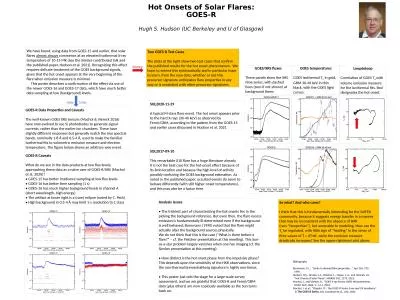PPT-Frequency Distribution of GOES Solar Flare Peak Fluxes from 1994 to 2005
Author : candy | Published Date : 2024-03-13
Nicholas Shields SESI Presentation CUA Student Brian Dennis Mentor OVERVIEW Background on GOES satellites GOES Event list Size Distribution Fit powerlaw to the
Presentation Embed Code
Download Presentation
Download Presentation The PPT/PDF document "Frequency Distribution of GOES Solar Fla..." is the property of its rightful owner. Permission is granted to download and print the materials on this website for personal, non-commercial use only, and to display it on your personal computer provided you do not modify the materials and that you retain all copyright notices contained in the materials. By downloading content from our website, you accept the terms of this agreement.
Frequency Distribution of GOES Solar Flare Peak Fluxes from 1994 to 2005: Transcript
Download Rules Of Document
"Frequency Distribution of GOES Solar Flare Peak Fluxes from 1994 to 2005"The content belongs to its owner. You may download and print it for personal use, without modification, and keep all copyright notices. By downloading, you agree to these terms.
Related Documents

